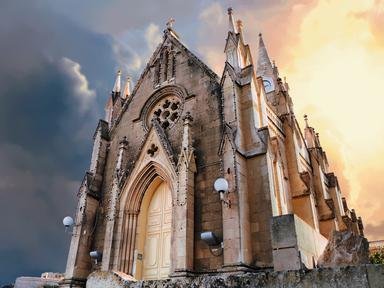Quiz Answer Key and Fun Facts
1. Advent calendars were originally associated with liturgical Christian churches. Which of these churches is NOT liturgical?
2. Advent, the start of the liturgical year in Western churches, derives its name from the Latin word 'adventus', meaning coming or arrival. What arrival is being anticipated in this season?
3. The season of Advent starts on 1 December.
4. In what country were Advent calendars first known to have been developed?
5. When did the traditional Advent calendar first gain popularity?
6. Which of these was LEAST likely to be found behind the windows in an early Advent calendar?
7. What is the significance of the ordering of the numbers on the windows on an Advent calendar?
8. Modern Advent calendars need not be flat cardboard objects - what is an advantage of a three-dimensional calendar?
9. Since Advent ends on 24 December, why do some calendars go through the 25th?
10. In the 21st century, Advent calendars come in a myriad of forms, some less traditional than others. What is the name of the internet meme that inspired this post, made on 1 December 2012, as the first day of an online Advent calendar?
Source: Author
looney_tunes
This quiz was reviewed by FunTrivia editor
agony before going online.
Any errors found in FunTrivia content are routinely corrected through our feedback system.
